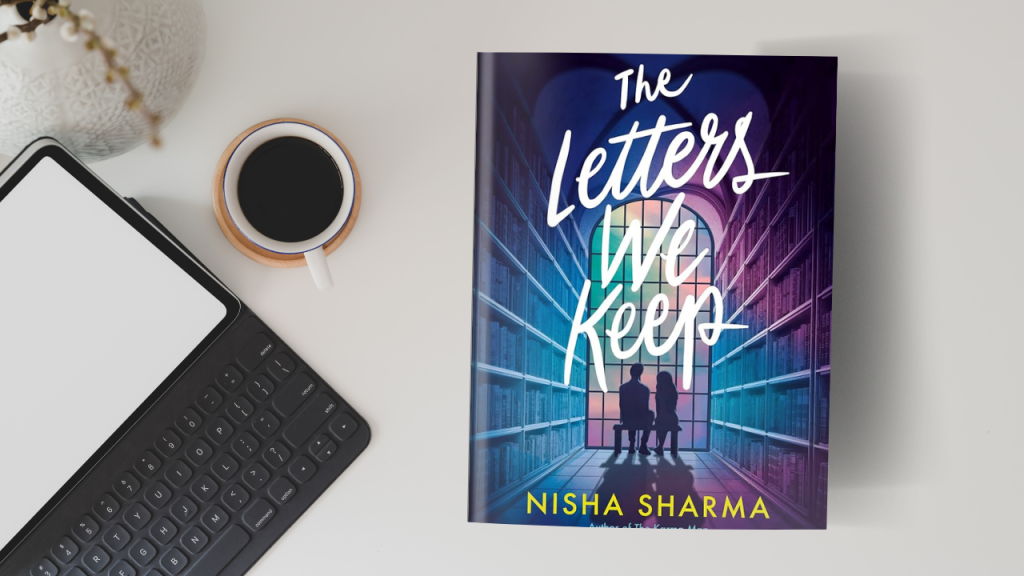Dig it.
During the tumultuous year of 1968, four teens are drawn together: Ronnie Bingham, who is grieving his brother’s death in Vietnam; Milo, Ronnie’s bookish best friend; “Ramrod,” a star athlete who is secretly avoiding the draft; and Hana, the new girl, a half-Japanese badass rock-n-roller whose presence doesn’t sit well with their segregated high school.
The four outcasts find sanctuary in “The Vinyl Underground,” a record club where they spin music, joke, debate, and escape the stifling norms of their small southern town. But Ronnie’s eighteenth birthday is looming. Together, they hatch a plan to keep Ronnie from being drafted. But when a horrific act of racial-charged violence rocks the gang to their core, they decide it’s time for an epic act of rebellion.
The Vinyl Underground, Rob Rufus
March 3rd, 2020

This story is one of four parts, or sides rather. The Vinyl Underground is broken into four sides like a traditional double LP. Side A introduces the four teens and the foundation of their club The Vinyl Underground, Side B is the club’s plan to get Ronnie out of the draft and the execution of it, Side C is the awful hate crime against one of them, and Side D is the completely outrageous, wholesomely awesome, fantastically incredible, and wonderfully badass act of rock-n-roll rebellion. Reading this book to completion was like discovering a concept album that changes the way you hear music.
Now, sure, I have been guilty of shoving favorite records at friends, or monopolizing the AUX cord to blast albums I insist everyone needs to listen to, and I like to think my playlists are utter perfection. That being said, reading this book to completion is one of those experiences that make you want to reread it. The use of repetition throughout the book of certain phrases reminds me a lot of concept albums that tell complex stories. Likewise, every chapter and section of this book has some of the most rockstar lines I’ve ever read in a book. Sure, do people really talk like that? No, but the effect created by Ronnie, Milo, Ramrod, and Hana having constant zingers of lines at each other, or even better when targeted at the world, makes them seem like the coolest kids you could ever hangout with.
I have to be honest, Side A and Side B do a real disservice to the build of the story. I think it is because the back novel makes it sounds like the “horrific act of racial-charged violence” sound like it’s the catalyst for the novel. Or that when Hana is first assaulted by the racist bullies, that it is the considered horrific. I’m in no way saying that when the racist bullies assault Hana that it isn’t “that bad” or, God forbid, okay. That being said, as a reader, because of how stories normally flow, it does fall right about at where a normal story’s catalyst happens; the call to action if you will. Because of the placement, it makes the novel feel almost like two books combined.
The Vinyl Underground is organized like a double LP. Meaning, an album that comes on two different records. Side A and Side B feel like one book. Side C and Side D feel like another. But it’s all one book. The story of these four’s senior year is unmistakably one unforgettable story. I especially believe that this novel would be excellent to use in a senior classroom when teaching about the Vietnam War. Since this book is set in 1968, it does an excellent job of capturing that time period and what it was like to be a young person then.
Unfortunately, too many of the issues being discussed and the incredibly hateful beliefs held by the antagonists of this story are still real today. The Vinyl Underground shows that these issues can be overcome and fought against. Young people deserve to know that their voices matter and the possible acts they can take to rebel against a government they do not approve of. Sure, being young can feel like you have no power and I am not necessarily saying “the completely outrageous, wholesomely awesome, fantastically incredible, and wonderfully badass act of rock-n-roll rebellion” is something that every kid should do. But, I do want it to be clear that acts of civil disobedience or protests can absolutely be effective when done by young people and young adults. This book shows more than just what life was like for teenagers in 1968; it shows how young people can change the world.
My Rating

THIS POST MAY CONTAIN AFFILIATE LINKS. OUR AFFILIATE PROGRAMS INCLUDE LIBRO.FM AND BOOKSHOP.ORG


Heat Up Your Summer With Our Latest BookRecs
Summer is here! See what you may have missed at Booked All Night.
FAQs About YA Lit
First, YA stands for Young Adult. It’s literature aimed at aged 12/13 to 18 (plus us weird 35 year olds, yes, seriously, no joke, we’re part of the market).
REVIEW: Threads That Bind
I think Threads That Bind has a lot of merit, but the sudden drop off in interest that I had really sunk my rating.










